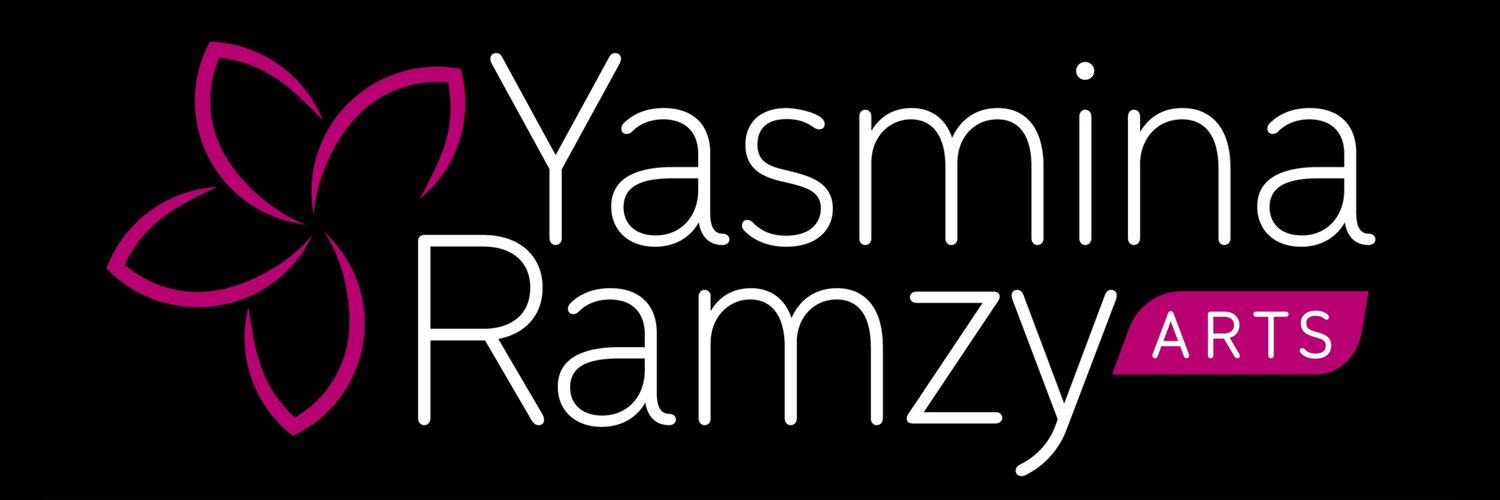An Immersive Film Art Installation
Surrounded by a 90-foot screen in 270-degrees experience a journey through seven extraordinary worlds. Sixty-four artists collaborated with cutting-edge film technology, imaginative storytelling, and seven styles of dance and music. Be the eyes of the goddess Enana as she discovers a profound universal truth on her mystical odyssey.
“celebration of life” “vibrant” “transformative” “dance explosion” “gorgeous imagery”
Story Overview
"Seven Gates" is based on the story of the ancient Middle Eastern goddess Enanna, or Ishtar, Mother of the Universe. She is immortal yet heartbroken that her children suffer from old age, sickness, and death. Ishtar embarks on a profound quest through seven gates to the Underworld, seeking the Lord of Death to ask why human suffering exists.
To pass through each gate, she must surrender a different veil of ignorance (seven veils). As Ishtar sheds the last veil, she is reminded that she is the creator of the universe and the cycle of life and death. This immersive film allows the audience to take the epic journey through the eyes of the goddess.
"Seven Gates" reminds us that we create our own universe.
Sponsored by the Canada Council for the Arts & Toronto Arts Council
The seven worlds are depicted by 42 Dance Artists inspired by Street Dance, African, Ballet, Raqs Sharqi, Sufi, Contemporary, and Interpretive styles of dance set to an eclectic array of music.
Director: Yasmina Ramzy
Director of Photography: Manuel Garcia
Choreographers: Yasmina Ramzy, Bengt Jorgen, Patrick Parson
Composers: Rob Christian, Rich Greenspoon
Projection Design: Gabriel Cropley
Creative Associate: Jeff Dimitriou
Assistant Director: Christina Djokoto
3D Environment Set Design: Immersion Room
Costume Design: Nancy Baltazar, Helal Hakim
Make-up Design: Voula Zisis
Dance scenes filmed at Immersion Room, Toronto
1at Assistant Camera: Will Binks
2nd Assistant Camera: Luca Cianfarani
Make-up Assistant: Isabella Martinello,
Wardrobe Assistant: Karen Perez
Production Assistants: Linda Crites, Shruti Srinivasan, Erika Galindo
Dance Artists: Ana Zamora, Ana Isabel “Chabi” Arauz, Leandro Prado, Márcio Teixeira, Akane Shimazu, Roula Said, Chrystal Powell, Emilio Colalillo, Kwasi Obeng Adjei, Robert Halley, Rumi Jeraj, Sebastian Hirtenstein, Emod Vafa, Tim Spronk, Cosmin Negreanu, Rhythm Vekariya, Stacie Noel, Akane Shimazu, Leanna Mendolia, Katy Solo, Anastassia Lada, Sofia Filipe, Rhythm Vekariya, Jaicyea Smith, Lily Yan, Angelina Da Silva, Tia Beete, Tihana Beete, Tanya Rybina, Mariano “Glizzi” Abarca Palomares, Chris Otchere, Kajaanan Navaratnam “KJ”, Matthew Morales, Chloe Reelis, Jason Patryluk, Kaleigh Murphy, Laura June Ness, Lindsay Aquin, Marisa Sherk, Raniya Farah, Penelope Artemis, Zoe Cacciotti
Talent provided by da Costa Talent Management, Yasmina Ramzy Arts, Footnotes Academy Freestyle Dancers, 10 Talent Management, Ballet Jorgen, Rumi Canada
Executive Producer: Yasmina Ramzy
Imagined & written by Yasmina Ramzy, it was first presented as a choreography created in 1996, then called “Descent of Ishtar”.
“Arresting imagery…a Jungian wonder…intelligent and inventive choreography… seduces completely” The Globe and Mail
“Creates dramatic impact” Toronto Star
A little backstory from Yasmina Ramzy...
I was gathering the kids on the block, as young as age 7, and creating ensemble choreography based on GoGo dance, Country & Western dance, or whatever I had seen on TV the night before.
As a teenager, I studied mysticism, and one of the stories really stuck with me. The inner teachings of the Dance of the Seven Veils explain the dance as an initiation in which the seven veils of ignorance are discarded to reveal the truth of our existence.
Skip forward to 1980 ... mystical studies led to 15 years of performing Middle Eastern dance in Syria, Lebanon, Jordan, and Egypt for royalty and heads of state and in Europe, Canada, the USA, and Mexico for Arab audiences, often still for heads of state.
In the mid-90s, I applied for grants to stage my first Dance of the Seven Veils. I called it “Descent of Ishtar,” so it would not be confused with the Salome story.
I was told at every juncture that the art form I practiced, Raqs Sharqi, was not dance until one Metro Toronto Arts Council (now defunct) jury gave me $500. They made sure it was explained clearly to me that it was meant as a joke—they thought it would be funny to see what the Bellydancer did with $500.
I made Descent of Ishtar in 1996 with $500 and an all-volunteer cast & crew. It received rave reviews in all local and national media, was staged 36 times, and toured across Canada. Many filmmakers approached me, wanting to make it into a film.
Because “Descent of Ishtar” put me on the map, I became too busy teaching M.E. dance in 70 cities worldwide and making other theatre productions. Ten years ago, I started applying for grants to make the film version, which resulted in rejection after rejection.
I decided to move to Dubai as it seemed a better place to make my film dream come true. Three days after landing in Dubai, looking for an apartment, I received an email from the Canada Council saying they now had more funds and could award me a large grant, which I had been denied a year earlier. The grant aimed to get Canadian artists back to work after Covid, so I returned to Canada to make the film.
The ideas evolved over the years to include many dance styles and be an immersive experience.
”Seven Gates” is the realization of a 25-year vision.















